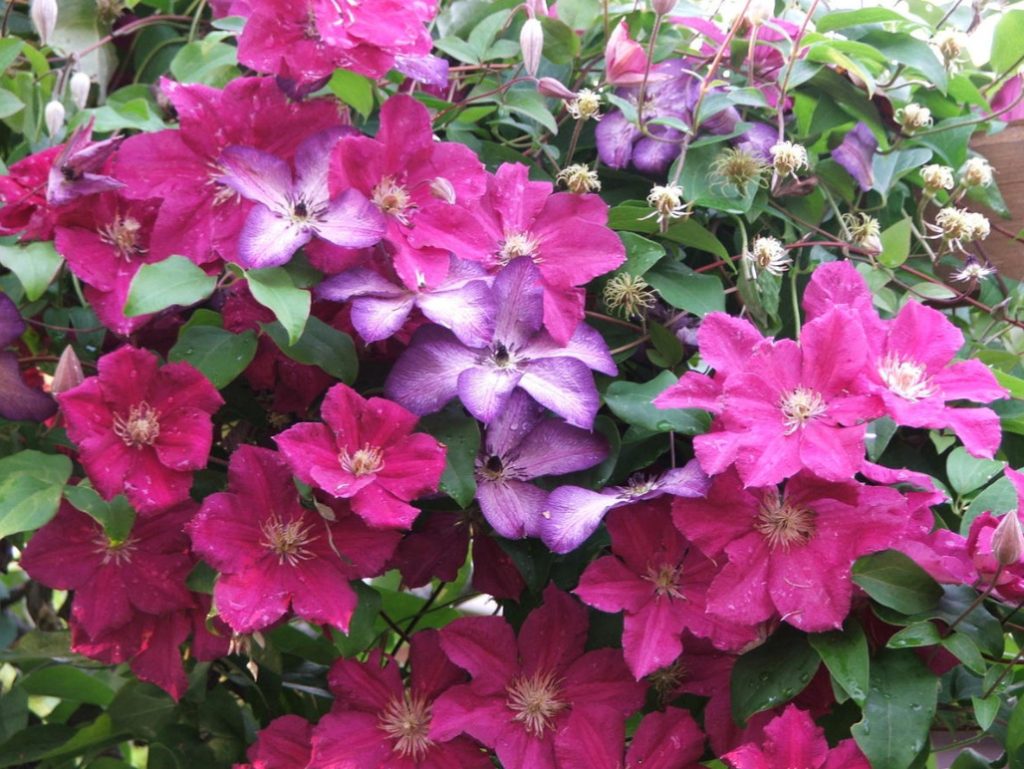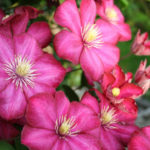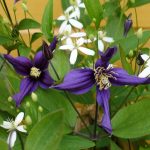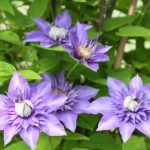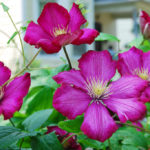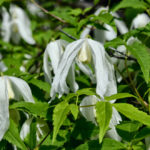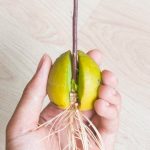Clematis! We appreciate them for their abundant and long-lasting flowering. But do they always fully reveal themselves in our garden? What determines the intensity of their flowering, what factors affect it?
First, the number of shoots in the Bush. The shoot-forming ability of different varieties is different – some are average, others are good, and others are very good. Full-fledged flowering of Clematis occurs at 3-4 years, and it is good if by this time the Bush has 10-15 shoots. This is the optimal number for large-flowered Clematis. In varieties with very good shoot-forming ability, many small and weak shoots can grow, they must be removed so that the Bush is not thickened.
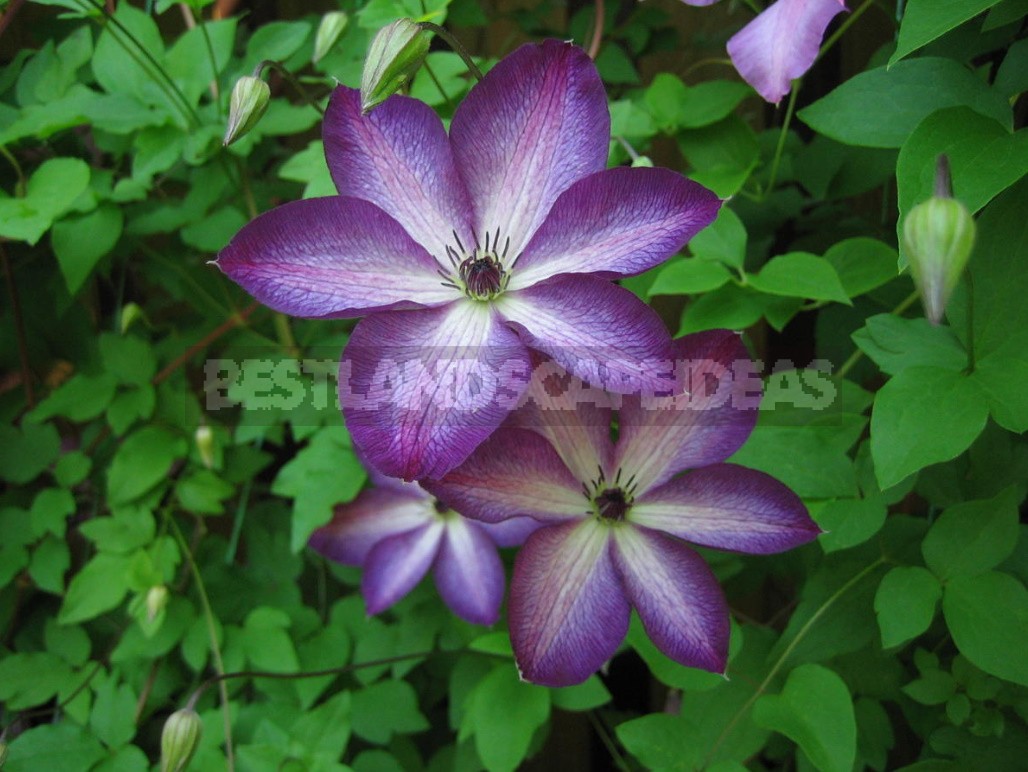
Small-flowered Clematis usually have much more shoots. For example, Clematis ‘Fargesioides’, which has been growing in my garden for about 10 years, has more than 40 shoots. At the same time, its coeval Clematis ‘Venosa Violacea’ has only 5-6 shoots. Despite this, it blooms profusely and for a long time, because it is one of the varieties of Clematis viticella, which is characterized by flowering almost the entire length of the current shoots with the exception of 4-5 lower nodes.
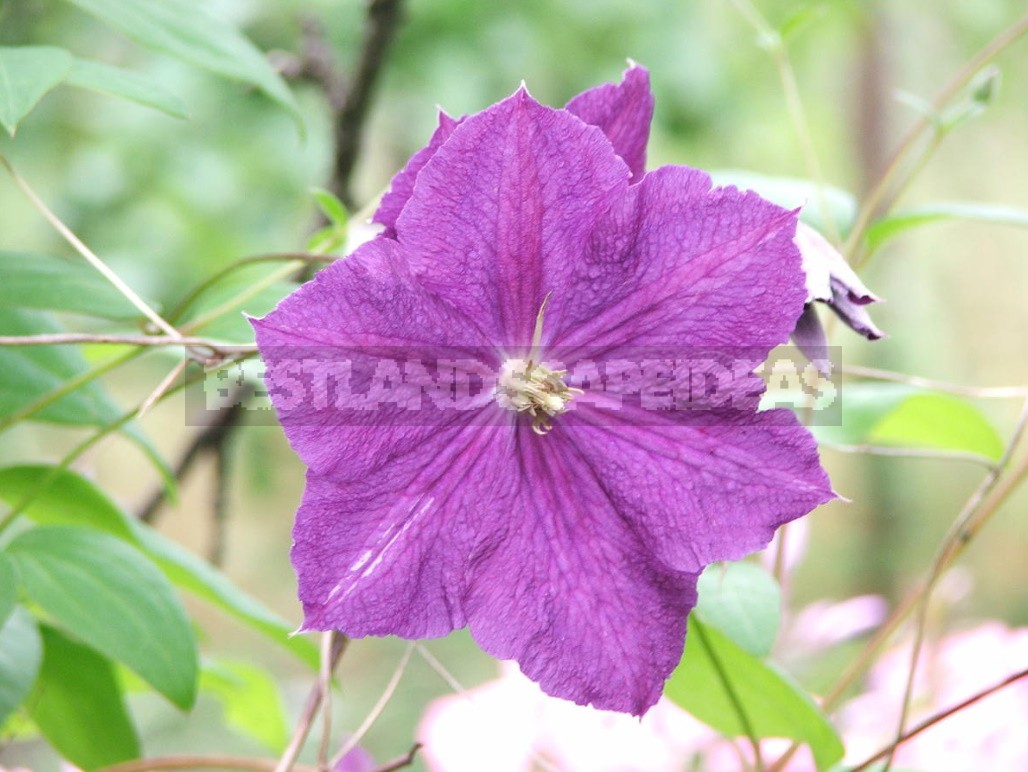
The ratio of vegetative and generative (flowering) parts is the second sign that determines the intensity of flowering. The third feature is the structure of the inflorescence, characteristic of this variety: the more complex the inflorescence shape, the more flowers it has, the more abundant the flowering. The number of flowers on a single shoot can vary from 5-7 to 30-90 — as, for example, in Clematis ‘Victoria’, one of the most abundant large-flowered varieties.
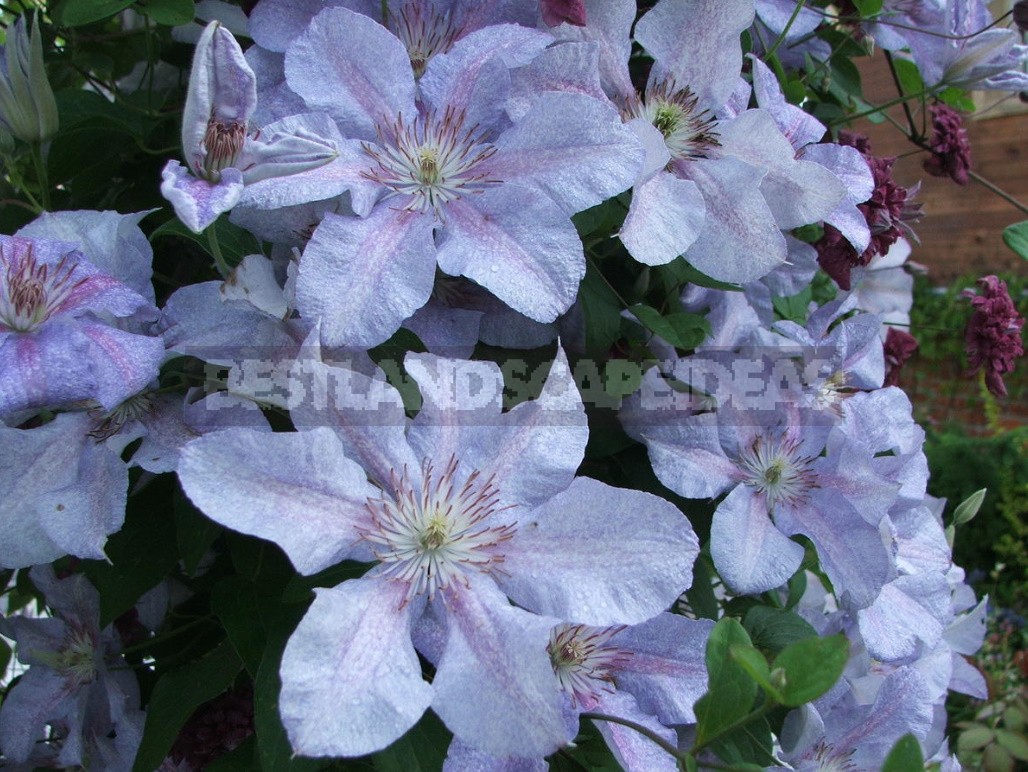
On the basis of the three listed indicators, the flowering coefficient of the variety is determined. For example, for Clematis ‘Teksa’ the flowering coefficient is 1.4-7, for ‘Victoria’ it is 3.6-18, and for ’Roogoja’ it is 0.7 — 1.4. Unfortunately, data on the intensity of flowering is quite difficult to find.
Can I influence the intensity of flowering? Yes, with the help of agricultural techniques, you can adjust the number of shoots and influence the duration of flowering.
The flowering of Clematis also depends on the range. Clematis 3 groups of pruning (both large-flowered and small-flowered) usually bloom profusely and for a long time, subject to the basic rules of agricultural technology. Even large-flowered Clematis can have several hundred flowers on the Bush, and flowering can continue in the middle band for more than 3 months. In small-flowered only one shoot may have more than 100 flowers.
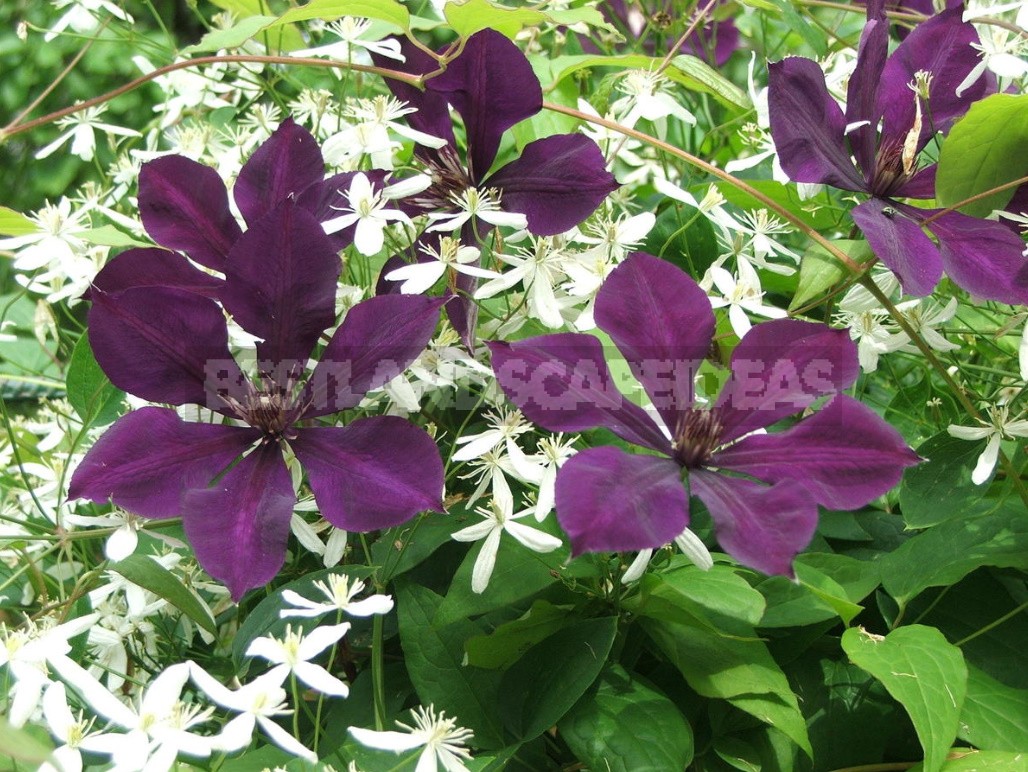
More difficult with Clematis 2 cropping groups. The first flowering — in June, on the shoots of the last year-is abundant, the flowers show all their splendor. But the second bloom — on current shoots, usually in August-may not be as lush. The flowers may become smaller, slightly change the shape and intensity of the color of the sepals, and instead of double flowers sometimes appear simple, especially in older varieties. Some varieties bloom for the second time in the second half of September, and in adverse weather conditions may not bloom at all. It is a shame when for one reason or another it is not possible to save last year’s shoots.
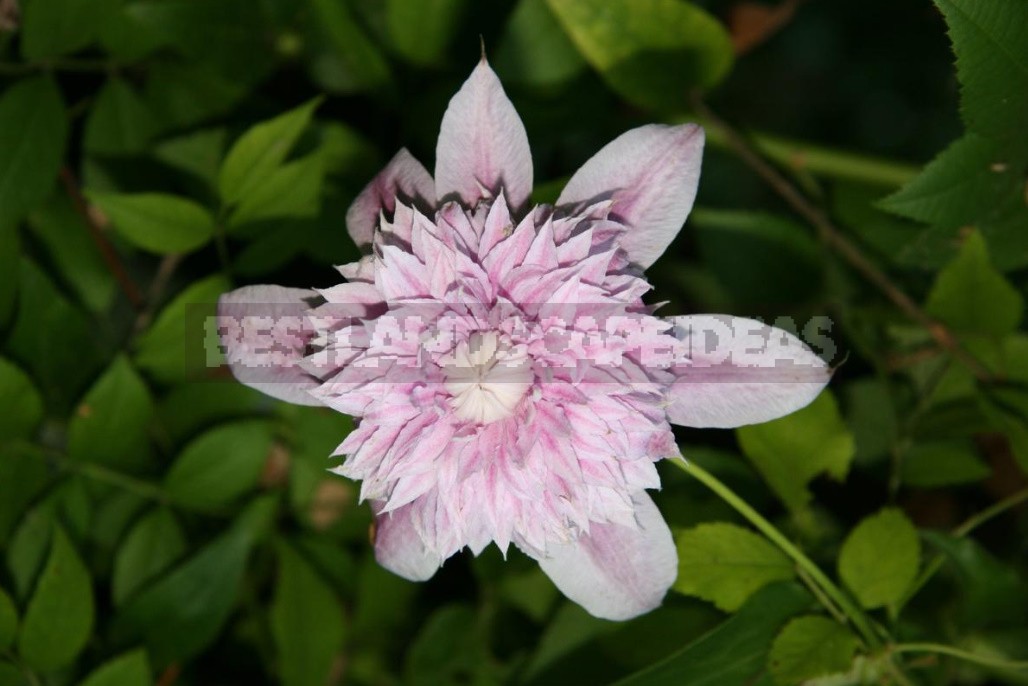
Should we give up these varieties? Definitely not! Even 5-7 flowers of exquisite Clematis florida ‘Sieboldii’, white with an unusual purple center, or soft pink, sensual ‘Josephine’ will bring joy and admiration.
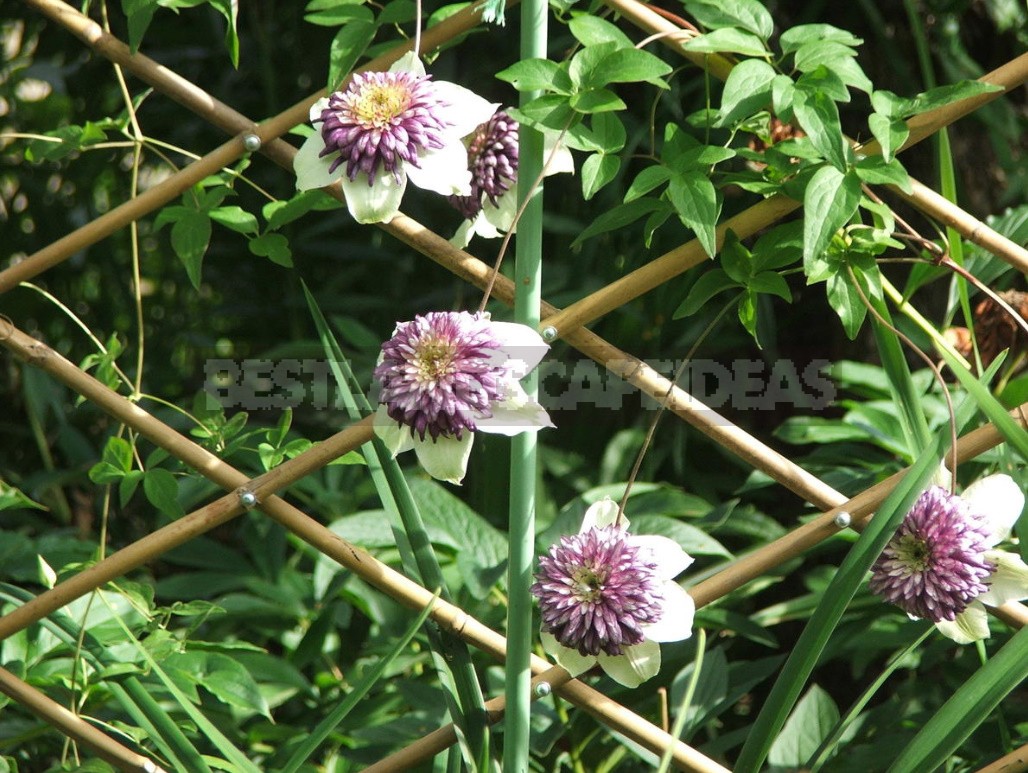
But if only 2 groups of pruning varieties grow in the garden, there is a chance that you will not see the real clematis bloom. The amazing beauty and attractiveness of these wonderful plants can be fully appreciated if you grow large-flowered Clematis of different groups of pruning, with simple and double flowers, and small-flowered, very elegant in compositions.
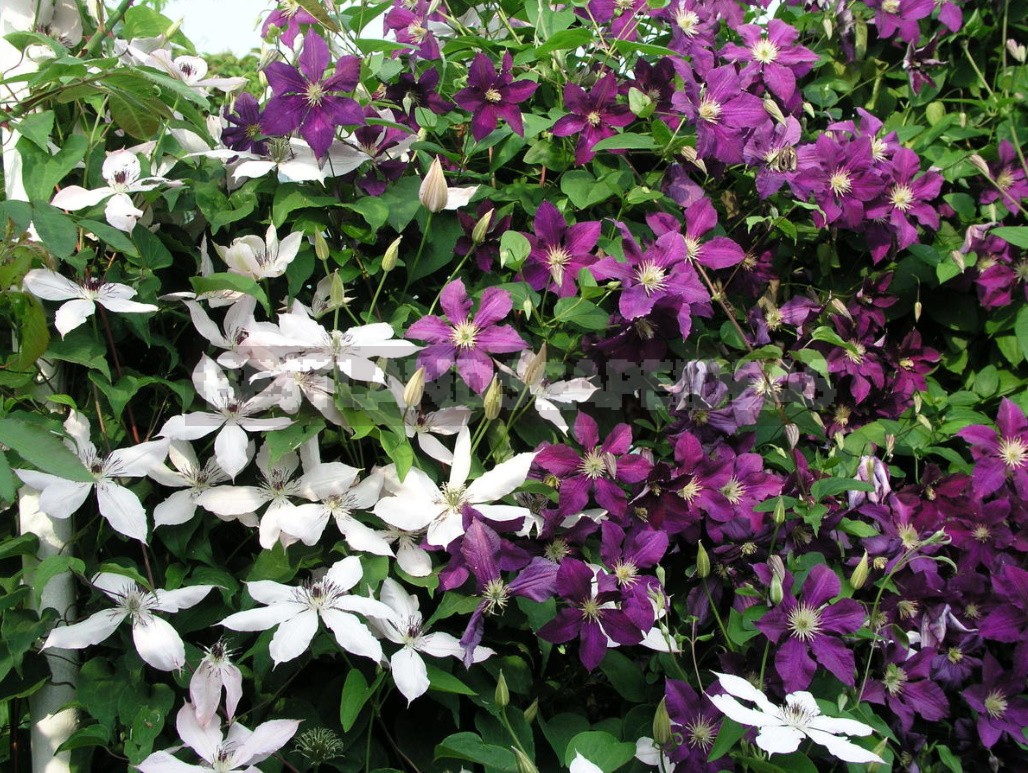
Sometimes Clematis blooms are affected by weather conditions. A long and warm autumn can provoke the appearance of young shoots that do not have time to Mature and die in the winter. Then in the spring, shoots from the lower and dormant buds start to grow; if the spring is cold and prolonged, with late return frosts, this process can be delayed. And of course, the plants will bloom in this case later than usual. Do not rush to say goodbye to your Clematis, if you think that their awakening is very late. You need to be patient and wait.
Good luck to you!
